Neurology developed as a clinical speciality with close contacts with biology and similarities with internal medicine. Psychiatry matured under the impact of how socioeconomic, familial and interpersonal relationships can influence the human mind. For a long time, the two specialities drifted away from each other, but the progress in functional magnetic resonance imaging (MRI), improved imaging techniques, the development in genetics and the revolution in molecular medicine with its understanding of signal transmission in the brain has given neurology and psychiatry a new image with a common basis in neuroscience.
The development in genetics has provided new prospects for understanding disease mechanisms in brain disorders. In Parkinson’s disease (PD), gene mutations have been identified as the most common genetic cause for familial and sporadic cases, information that may provide new targets for treatment. New drugs that mimic the effect of levodopa (L-dopa) in PD are being developed. Recently, influenza has attracted a lot of attention, as a virus that caused the pandemic in 1918 was followed by post-encephalitic parkinsonism. The virus strain has now been reconstructed and inoculated into mice. Although it is the most lethal virus tested in mice, it does not replicate in the brain; the disease mechanism behind this form of parkinsonism is therefore still not understood.
The genetic defect in special forms of migraine has been revealed and there is a renewed optimism in the search for genes implicated in the more common forms of the disorder. Information from genetics has also provided new understanding of the hereditary neuromuscular disorders.
In spite of ethical and legal issues, stem cell research is developing. The use of embryonic stem cells in experimental studies illustrates the potential of stem cells as a treatment for PD. In experimental PD in animals, only a few implanted cells survive and long-term unanticipated side effects cannot be excluded. Patients with human malignant brain tumours have a poor survival, partly because therapeutic drugs do not reach the tumour. However, in animal studies, engineered stem cells derived from bone marrow do reach the tumour and may release antitumoural agents.
Thrombolysis is an important treatment for thrombotic brain strokes when treated within three hours. With an increasing percentage of older age groups in the population, cerebrovascular events are becoming more frequent than coronary events. This has implications for prevention strategies and treatment.
The race is also on to develop drugs that can modify the course of Alzheimer’s disease. The amyloid-β peptide is a critical factor in the production of symptoms. Although amyloid-β peptide immunisation was abandoned due to adverse effects, various strategies aimed at reducing the production of this peptide have again given new hope. Patients early in the development of the disease with a smaller existing amyloid load may profit more from such treatment.
Epilepsy and dementia represent areas of cross-fertilisation where neurologists and psychiatrists can supplement each other. Globally, epilepsy is one of the most common serious neurological disorders. Although new anticonvulsive drugs have been developed, costs may still hamper their use in resource-poor countries.
Stroke, dementia, epilepsy, central nervous system (CNS) infections, CNS trauma and PD are all important factors determining mortality and morbidity in all societies. The available resources are, however, insufficient to meet the global need for neurological care. The World Federation of Neurology (WFN) aims to identify areas where there is a need for strategic upgrading of the available resources for neurological service. As progress in neurological therapy is so fast, it may be difficult to keep abreast of advances in this field. The articles in European Neurological Disease 2006 provide a useful tool to update its readers on new developments. ■
Foreword – European Neurological Review, 2006;6(1):12-12
Article
Further Resources

Trending Topic
The surge in social media use seems to have become a sign of our times. Social media has ramified into not only our personal lives but, importantly, also our professional lives and will continue to do so in the future.1–4 At the same time, more neurologists resorted to online learning modalities, including podcasts and social media […]
Related Content in Headache Disorders
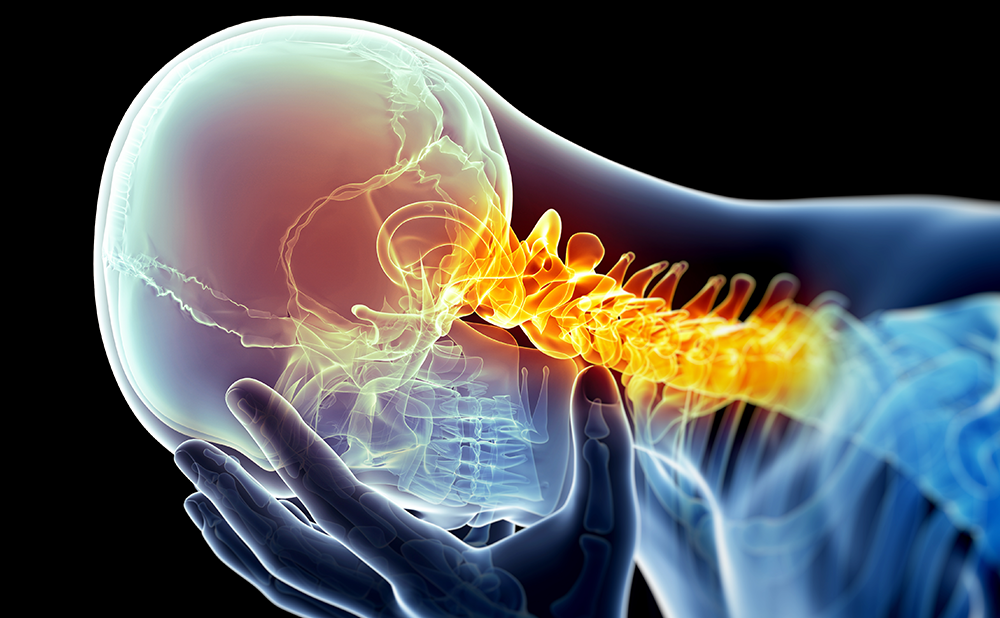
Photophobia is a complex disorder that can involve aversion not simply to bright light but to spatial patterns, colour and flicker.1 It is common in neurological diseases that involve the visual system,2 of which migraine is the most prevalent. Tinted ...

Neuromodulation is a recent technique that has increasingly been used for the abortive and preventive treatment of migraine and other primary headache disorders.1 It has previously been found to be helpful in the treatment of other neurological illnesses, such as ...

For a condition as highly prevalent and debilitating as migraine, there is still too little awareness of it and the impact it has. There is little understanding of the different symptoms and stages of a migraine attack, the frequency with ...

Migraine is a common and disabling condition with substantial health and socioeconomic implications. Approximately 1.04 billion people worldwide have migraine disease.1 The condition disproportionately affects women, with 19% of women versus 10% of men reporting a history of migraine.1 Migraine is the second ...

It cannot be seen, cannot be felt, cannot be heard, cannot be smelt. It lies behind stars and under hills, and empty holes it fills. It comes first and follows after, ends life, kills laughter. The Hobbit. JRR Tolkien ‘Darkness’ ...
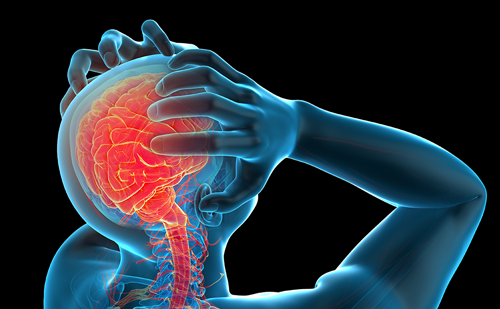
Migraine is a neurologic disease characterized by recurrent attacks of head pain and symptoms such as nausea, photophobia and phonophobia, which last hours to days.1 Attacks themselves can be disabling, and due to the often unpredictable and unavoidable nature of ...
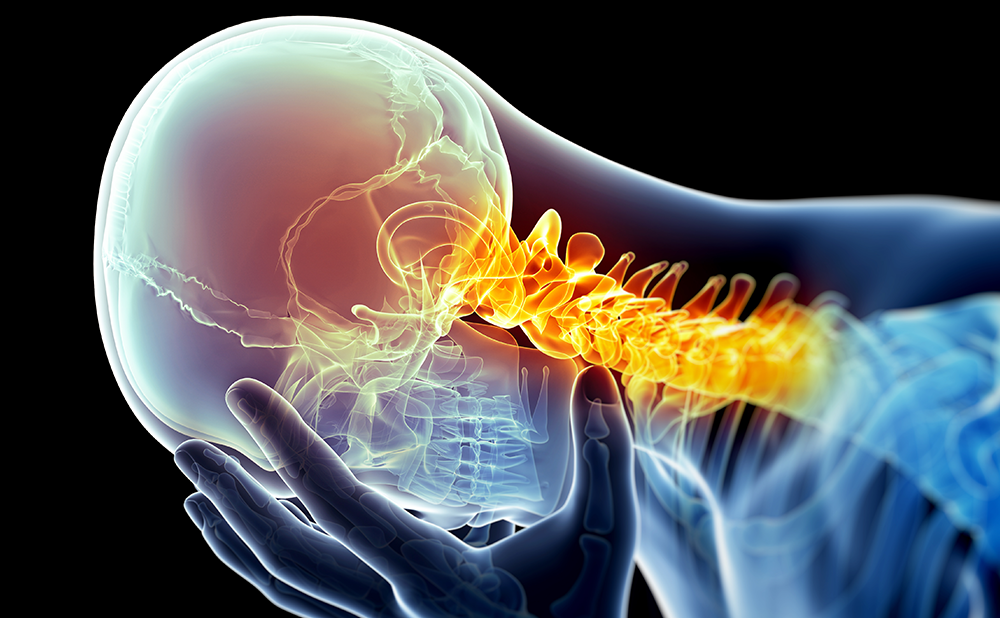
A university lecturer first experienced headaches during the summer of 1989, when he was aged 26 years. The headache periods initially lasted about 1 day and because the pain was in the trigeminal area both an optometrist and a dentist were consulted. The ...
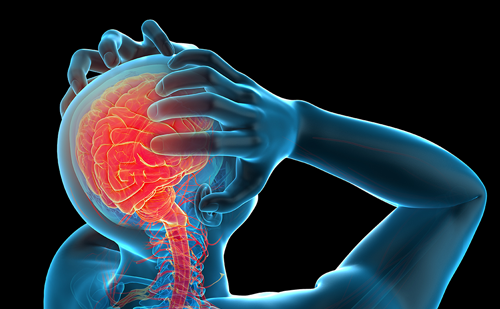
Treatment guidelines recommend preventive therapy for migraine, based primarily on the frequency of migraine attacks.1 Migraine-related burden of disease increases with the number of headache days; however, even fewer than 4 headache days per month can result in severe disability in ...

Migraine is one of the most prevalent and disabling diseases worldwide, affecting more than one billion people in 2016.1 It is characterized by recurrent headache attacks with nausea/vomiting, photophobia and phonophobia.2 Currently, the first line of acute treatment of migraine ...

In 2018, the Global Burden of Disease study placed headache disorders as the second leading cause of years lived with disability.1 As another indicator of its burden, headache was ranked among the leading causes of years lived with disability.1 Given its ...
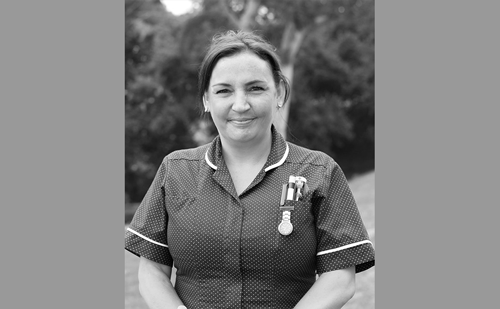
Despite the fact that migraine is the most prevalent neurological disorder worldwide, it remains under-diagnosed and under-treated in more than half of all patients.1 In the past decade, the development of monoclonal antibodies capable of blocking either calcitonin gene-related peptide (...

Treatment of acute central nervous system (CNS) conditions requires effective drugs that can provide rapid onset of effect, consistent blood levels, ease-of-use for patient or caregiver, and acceptable tolerability. Solid oral dosage forms account for up to 75% of prescriptions from ...
Latest articles videos and clinical updates - straight to your inbox
Log into your Touch Account
Earn and track your CME credits on the go, save articles for later, and follow the latest congress coverage.
Register now for FREE Access
Register for free to hear about the latest expert-led education, peer-reviewed articles, conference highlights, and innovative CME activities.
Sign up with an Email
Or use a Social Account.
This Functionality is for
Members Only
Explore the latest in medical education and stay current in your field. Create a free account to track your learning.

